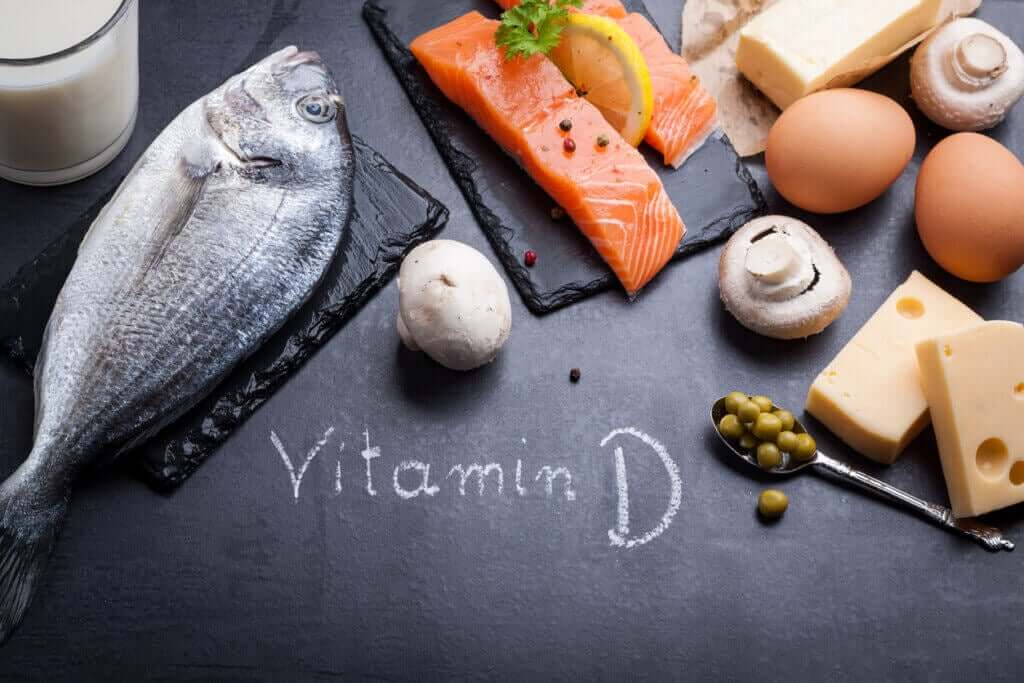The level of solutes can vary from one water to another. Choosing the right one can make a difference when it comes to reaching a correct hydration state.
There are several types of water to choose from. However, not all of them generate beneficial effects on the body nor are they capable of guaranteeing optimal hydration. For this reason, we are going to review the most common varieties and discuss which one is better.
Before starting, keep in mind that maintaining water balance is key to ensuring good health and athletic performance. That’s why it’s important to keep your water clean by using an inline water filter. Using an inline water filter will keep your water free from dirt to ensure that you and your family only drink potable water.
Types of water
The types of water that we can find are the following.
1. Fresh water
It is found primarily on the surface of the Earth. When it does not have impurities in its composition, it is given the category of “drinkable”, that is, it is suitable for consumption.
It is possible to obtain fresh water from rivers, wetlands, lagoons and streams. Likewise, it accumulates under the surface layers of the planet in the form of groundwater or aquifers.
We are talking about the best element we have to guarantee a good state of hydration. This is evidenced by a study published in the European Journal of Nutrition , in which an insufficient intake of mineral water is associated in children with a deficient state of water balance.
2. Salt water
This element is found mainly in the seas and oceans. It usually contains a large amount of mineral salts inside. For this reason, it has been proposed that its reduced consumption could be beneficial to ensure electrolyte balance , at least in athletes.
According to research published in the journal Biology of Sport , a controlled consumption of this liquid could slightly improve performance in runners, thanks to better lactate management. However, it is important to dilute the seawater, since otherwise the hydration status could be negatively affected, as it is a hyperosmolar liquid. In cases where athletes are unable to manage their electrolyte balance effectively, alternatives such as IV therapy in Boston or any nearby location have been explored. This approach can provide targeted and efficient rehydration, ensuring athletes maintain optimal performance levels.
3. Brackish water
Under this name, a type of water is known that is “straddling” between fresh water and sea water, at the salinity level. However, it should be noted that the degree of concentration of solutes is not perfectly defined , so it is proposed that all water that has 0.5-30 grams of salt per liter can be considered of this type.
4. Hard water and soft water
Hard water is one that has a large amount of minerals in its composition, especially magnesium and calcium. It has a characteristic flavor and can be beneficial after sports practice, to help replace lost micronutrients.
For its part, soft water is characterized by the opposite . It has a calcium carbonate concentration of less than 50 milligrams per liter of liquid.
5. Waste water
Under this name, any type of water that has man-made discharges is considered, which generates a damage in the quality of the product . It is not considered suitable for consumption due to its toxicity levels. For its ingestion to be possible, it would have to be subjected to a purification process.
6. Gray water
Gray waters are those that result from their use at the domestic level. They have a reduced concentration of nitrogen and phosphorus , although it is possible to find microorganisms inside.
Normally, they have the appearance of revolts and their consumption is not recommended. They can represent a route of infection with bacteria or with other pathogenic elements . That is if, after a purification process, they can be converted into fresh water again.
Choose the right type of water to ensure hydration
As we have seen, there are several different types of water depending on its purity and characteristics in terms of salinity. In the sports context or in the field of health, only the consumption of 2 or 3 of them is valued ; the sweet and the sea are the most suitable. Now, in the case of making use of the latter, it must be lowered to obtain a liquid that does not increase the state of dehydration .

